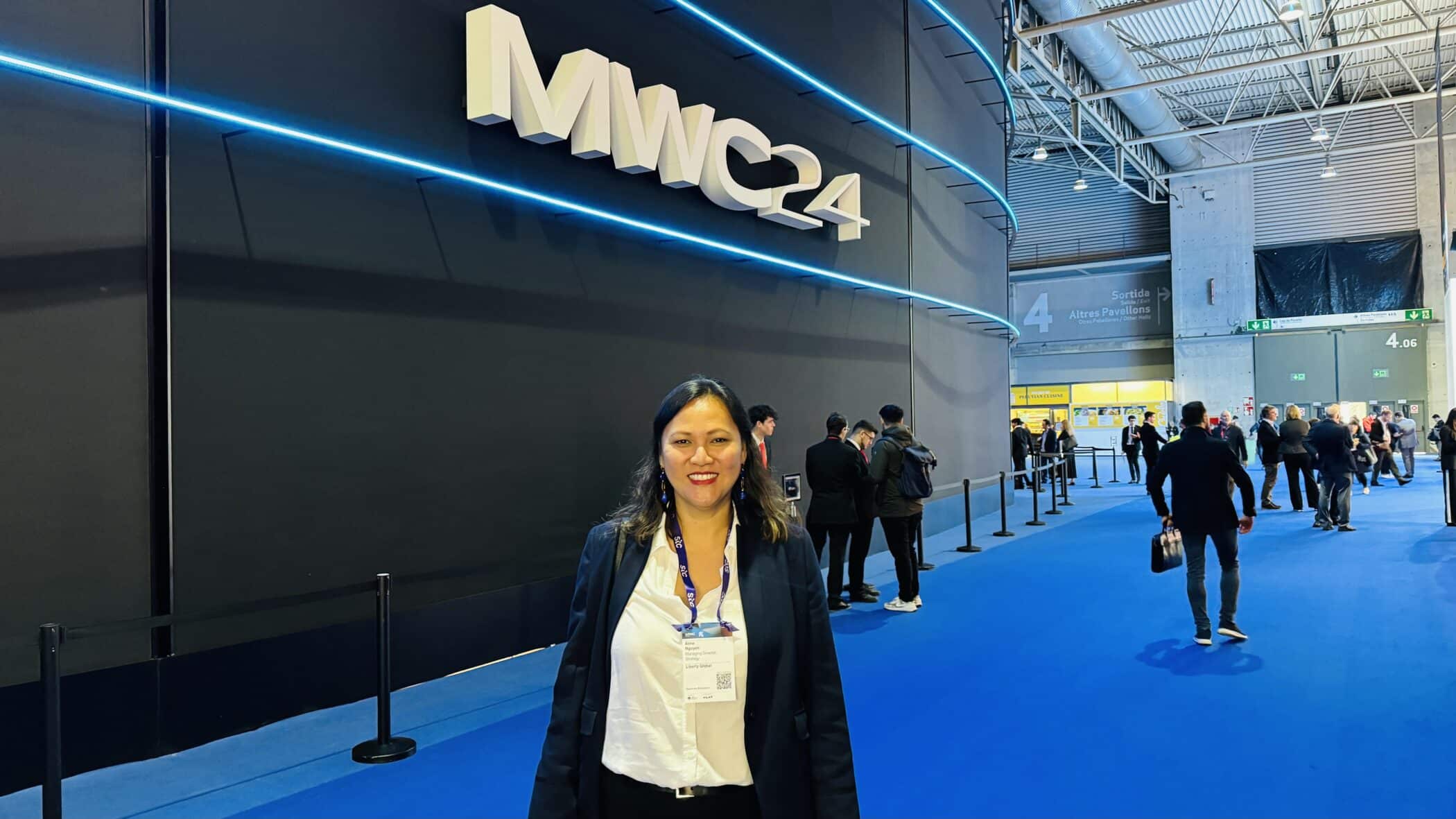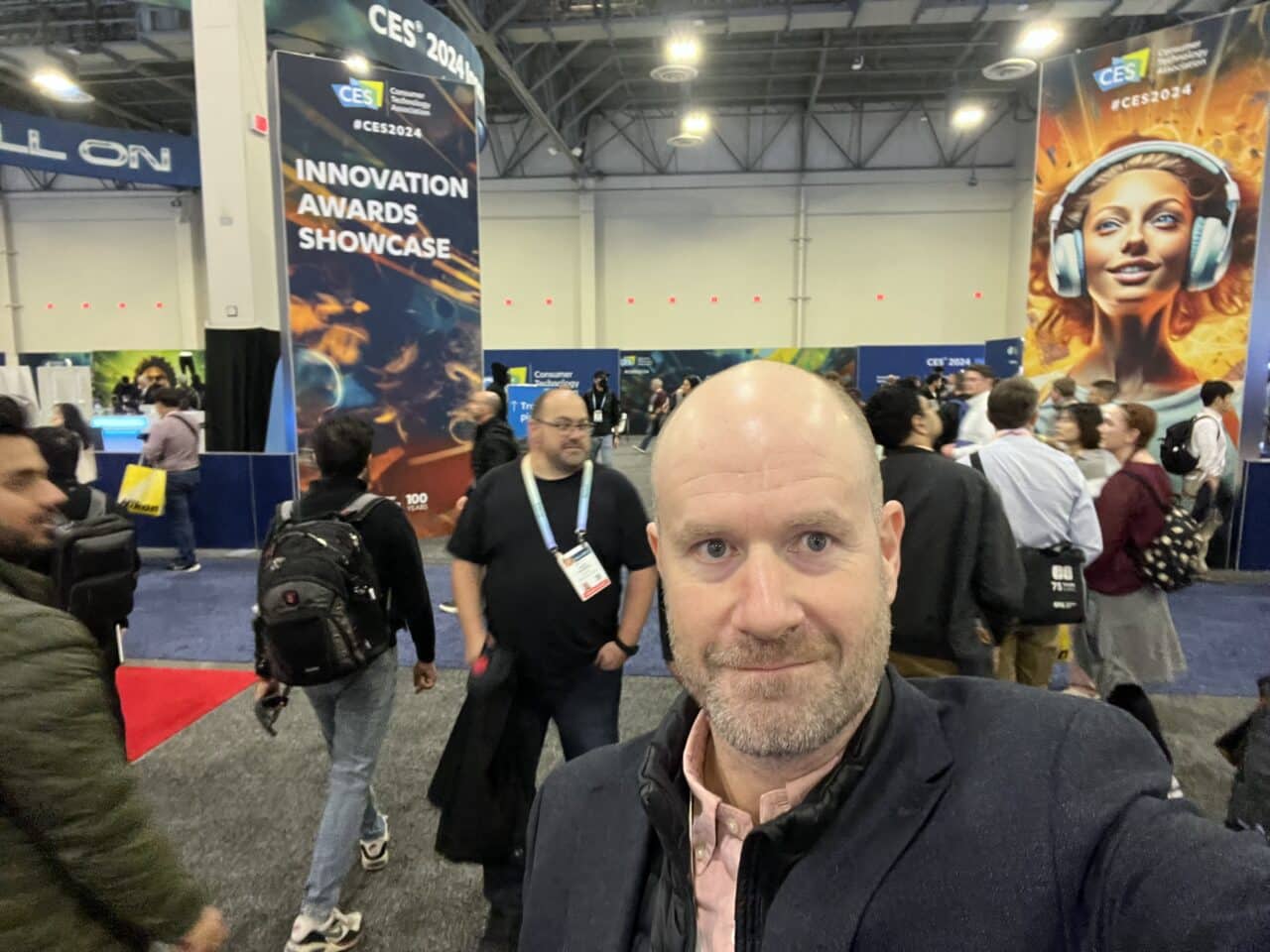The curtain has closed on another Mobile World Congress (MWC), the largest annual connectivity event bringing industry leaders and innovators together to showcase the latest advancements shaping the future of mobile technology.
This year’s get-together, held once again in Barcelona, saw a flurry of announcements, demos, and insightful discussions that painted a picture of what lies ahead for mobile connectivity, and its real-world impact, with AI unsurprisingly taking centre-stage.
So what were our key takeaways this year?
Network-as-a-Service (NaaS) moved from talking the talk to walking the walk
Exactly a year ago NaaS made headlines at MWC following the launch of the GSMA’s Open Gateway framework, which called on operators to work together to standardise APIs – pieces of code which allow two different types of software to talk to each other – across different platforms in order to drive innovation.
This year, it was clear that many in the industry had heeded that call – with a number of powerful demonstrations of different NaaS-enabled customer solutions. Liberty Global and Nokia were a case in point – showcasing a trial in the Port of Antwerp with Liberty’s Belgian subsidiary, Telenet and the developer imec, which enabled remotely-located captains to steer vessels through busy areas in a safer, more efficient and more sustainable way. The trial delivered a guaranteed high-quality low latency video stream to captains from the shipping company, Seafar, utilizing Telenet’s 5G standalone network with slicing capabilities and Nokia’s Network as Code Platform, in combination with APIs built by imec.
We also demonstrated a NaaS solution called ‘Explorer WiFi’, in partnership with our Dutch operator, VodafoneZiggo and CableLabs, which enables people to get guaranteed high-speed and secure fixed broadband when they’re on the move.
All of which shows the immense power of NaaS when it comes to developing bespoke customer solutions. Add AI into the mix and those solutions become more powerful.
Generative AI in your pocket
Generative AI was in the spotlight in so many ways with companies, chipmakers and software providers coming together to show how the technology could be integrated into smartphones.
Samsung, Honor, Xiaomi, Deutsche Telekom, Motorola and Brain.ai were among notable providers displaying their innovations, with Samsung previewing its live-translation feature, Motorola exhibiting their personalized AI assistant, and Xiaomi boasting its new video-editing tools.
Honor took it a step further, launching its The Magic 6 Pro phone, which includes an experimental eye-tracking AI function that enables you to control your device by simply looking at the screen.
Meanwhile, Deutsche Telekom and Brain.ai demoed a smartphone that relies on AI instead of apps to handle users’ needs. Rather than swiping or tapping apps, the user types or gives voice commands for a particular task.
Responsible development
A strong emphasis was placed on ensuring the responsible and ethical development and implantation of AI and technology more broadly within the industry, including ethical data collection and usage, and addressing potential biases in AI algorithms.
The environmental impact of the mobile industry was also explored, namely the carbon footprint engendered from producing and operating networks and devices, and the need for sustainable practices and energy-efficient solutions moving forwards. On a positive note, the GSMA released their Net Zero Report, which reported that the carbon emissions of mobile network operators fell by 6% globally between 2019 and 2022, despite mobile connections globally rising by 7%, and internet traffic more than doubling.
The AI-centric telco bolstered by sector collaboration
AI was described as a real game changer for the telco industry, with discussions centring around the myriad opportunities for new revenue streams, as well as the strategies operators should be adopting to unlock its future potential.
The monetization of AI came to the fore, namely the scope for telcos to incorporate AI-powered services into their offering. Software firm Nvidia described how companies could look to offer inferencing capabilities as a service to businesses and developers whose systems need low-latency processing but lack IT infrastructure, or sovereign cloud services to enterprises, for example.
But perhaps as interesting, is how telcos can in turn enable AI.
Liberty Global’s own report with EY, launched at MWC, revealed the vital role the telecom industry plays in unlocking the efficiency gains from AI and harnessing its benefits. Be that through providing high-speed, low latency connections offered by 5G technology, or investing in and developing edge computing and ‘network-as-a-service’, telecoms companies are instrumental in enabling the safe, efficient, and effective use of AI across the globe.
We also saw telcos’ collaboration in scaling up the industry’s stake in AI, too. For example, international leaders from SK Telecom, Deutsche Telekom, Singtel and Softbank set up a joint venture with the aim to develop a telco-focused LLM. The venture builds on last year’s news that the companies joined forces to create the Global Telco AI Alliance (GTAA), an industry initiative to explore AI in the industry as a group.
That’s a wrap…
With a diverse spectrum of announcements, keynotes and exhibits, MWC has once again set the stage for the new trends and technologies we can expect to take root across the industry – showcasing futuristic innovations, facilitating collaboration, and ultimately influencing the trajectory of connectivity.










